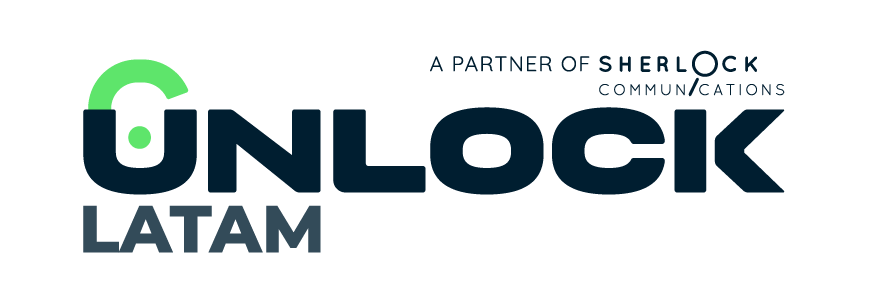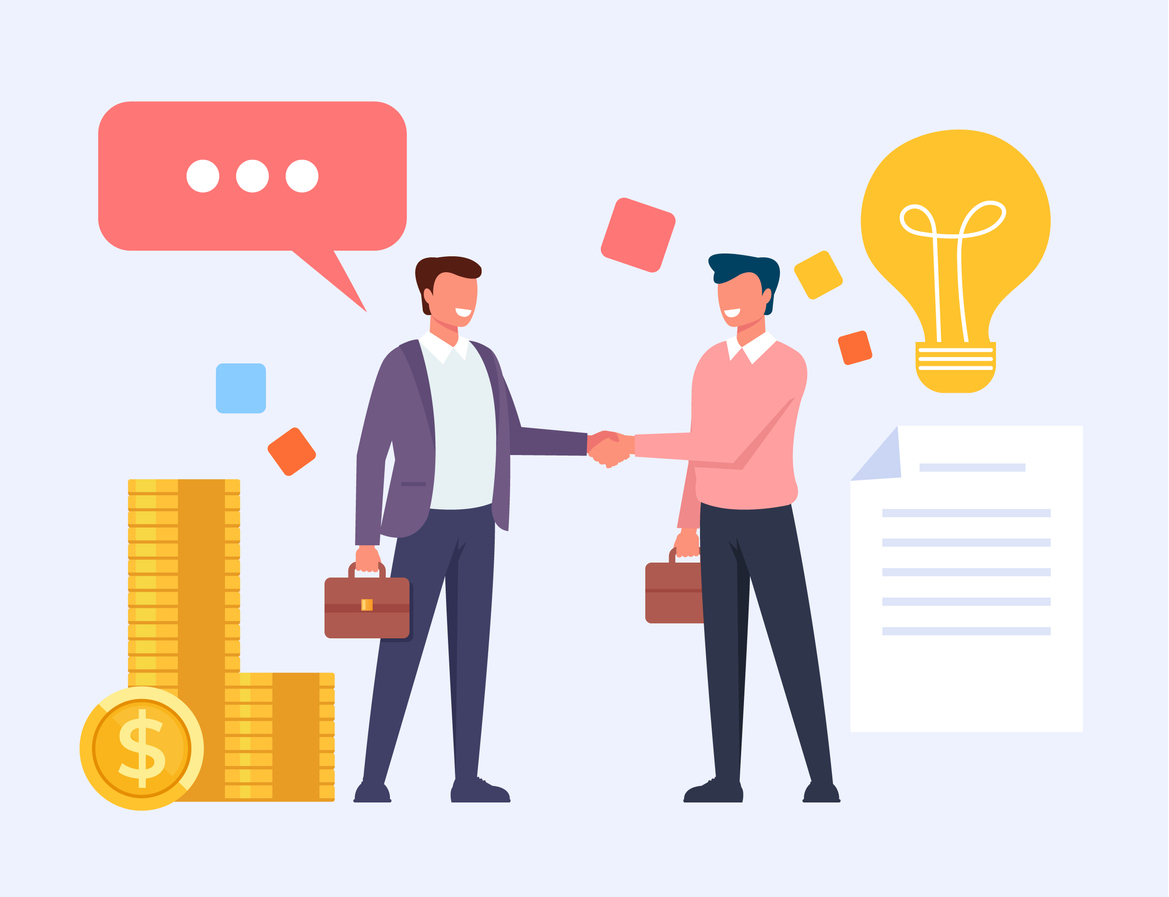What is a lead generation funnel
The lead generation funnel (also known as the sales funnel or marketing funnel) is a concept used in the field of marketing and sales to describe the process that a prospect follows from being a stranger to becoming a qualified prospect for a business.
Precisely, lead funnels allow you to visualize and organize the entire process so that the conversion is carried out more easily and efficiently.
Thinking about the journey in terms of a funnel doesn’t mean that all prospects receive the same treatment, but it does mean that all prospects will go through similar steps during their buyer journey.
What is a lead generation funnel
A lead generation funnel is a marketing concept that represents the journey a potential customer takes from being a stranger to becoming a qualified lead for a business. It is a structured process that businesses use to attract, capture, nurture, and convert prospects into customers.
This funnel represents the different stages that a user goes through in their journey from initial knowledge of a product or service to making purchasing decisions.
The funnel analogy is used because, at each stage, the number of potential customers typically decreases, similar to how a funnel narrows down from top to bottom.
Lead and sales funnels: the difference
As a rule, all sales funnels are about moving a consumer closer to a purchase. However, not all customers are created equal, and not all customers are in the same place in the funnel. That is the key difference between lead and sales funnels.
Lead funnels and sales funnels represent different stages of the overall customer journey:
- The lead funnel is broader and encompasses the early stages of awareness and interest, aiming to attract and qualify leads.
- The lead generation sales funnel is more focused on the later stages of the buying process, guiding qualified leads toward making a purchase and fostering post-purchase engagement or upselling. While it does overlap with the lead generation funnel in some aspects, the sales lead funnel is a repeatable process that can apply to both new customers and repeat customers from product awareness to product purchase.
In summary, lead generation funnels deal solely with prospective customers who have never purchased from your company and who you hope will move into the sales lead funnel.
Both funnels are crucial components of a comprehensive marketing strategy, working together to move potential customers from initial awareness to final conversion.
Why do we talk about the differences between funnels? Because by separating them we are using the right tactics on the right prospects at the right stage of their buying process.
The stages in a lead generation funnel
Is important to learn how to organize a lead funnel and streamline your prospective customer journey for higher conversions and easier sales.
There are different theories and approaches regarding the stages of the potential customer funnel, but the majority coincide in three major stages of the consumer journey:
- Upper Funnel Leads (Awareness).
- Mid-Funnel Leads (Consideration).
- Lower Funnel Leads (Conversion).
Within this more general classification, companies often break them down further to assign specific actions to sales reps. In this way, the typical stages in a lead generation funnel are:
- Awareness: it’s the top of the funnel and the goal is to make people aware of your brand, product, or service. Your prospects might not know this, but their journey to your company starts long before they’re even aware you exist.
In this stage, customers aren’t on the hunt for products; they’re on the hunt for solutions to problems. This is where you get on their radar and this is typically done through content marketing, social media, advertising, and other strategies to attract a broad audience.
- Interest: once awareness is established, the next step is to capture the interest of potential customers. This may involve providing valuable content, solving an issue, or addressing a need that the audience has. This is also the stage where you’ll want to use prospecting tools and lead generation software to gather basic customer contact information.
- Consideration: at this stage, your leads are in the middle funnel. They know your product exists, and they are considering it as a possible solution to their problem.
It is the stage where potential customers are evaluating their options. They may be comparing your offerings with those of your competitors. Content, good storytelling, product demonstrations, and reviews can be useful in this phase.
- Intent: this is the stage where the potential customer is showing signs of intent to make a purchase. They may be requesting more information, signing up for a trial, or engaging in other activities that indicate a serious interest.
- Purchase: it’s the conversion stage. You’ve done it. The bottom of the funnel is where the lead becomes a customer by making a purchase. This is the ultimate goal of the funnel, but the journey is far from over. This is often where sales are lost, so don’t stop nurturing them yet. People are easily distracted. Be close, making your job all along the funnel, until the transaction clears.
- Post-Purchase Engagement: after a purchase, the relationship with the customer continues. Post-purchase engagement involves activities such as providing excellent customer service, seeking feedback, and encouraging repeat business or referrals. Don’t forget that a good customer relationship not only helps prospects through their first purchase, but also increases the likelihood of referrals, upsell success, and overall brand credibility.
Businesses use various strategies and tactics at each stage of the funnel, employing tools like landing pages, email marketing, social media, and other forms of content to guide potential customers through the journey. It’s a complex and fascinating process and it´s important to track your lead funnel with strong CRM software.
Mastering Outbound Sales: Strategies for Predictable Revenue Growth
Mastering Outbound Sales: Strategies for Predictable Revenue Growth Nobody said it better than Aaron Ross, author of Predictable Revenue: “You want growth that doesn’t require guessing, hope, and frantic last-minute...
The Role of Sales Development Representatives (SDRs) in Predictable Revenue
The Role of Sales Development Representatives (SDRs) in Predictable Revenue Sales Development Representatives (SDRs) play a crucial role in the implementation of the "Predictable Revenue" framework, initially conceptualized by Aaron...
B2B prospecting: finding high-quality leads
B2B prospecting: finding high-quality leads Although there are very common concepts among those of us who work in different areas of marketing, more than once we take for granted that...



